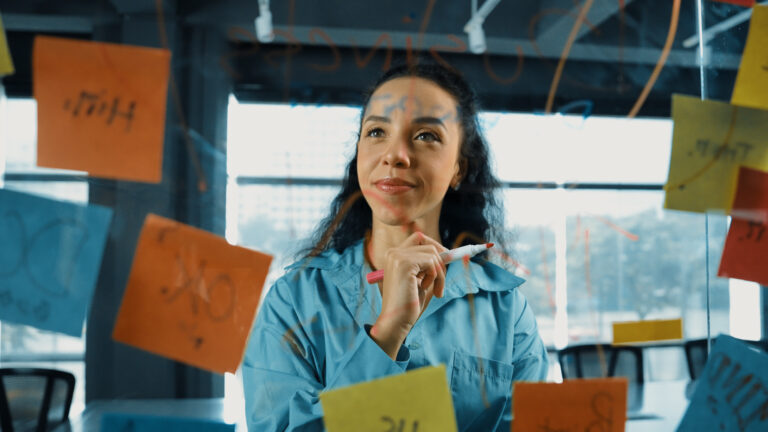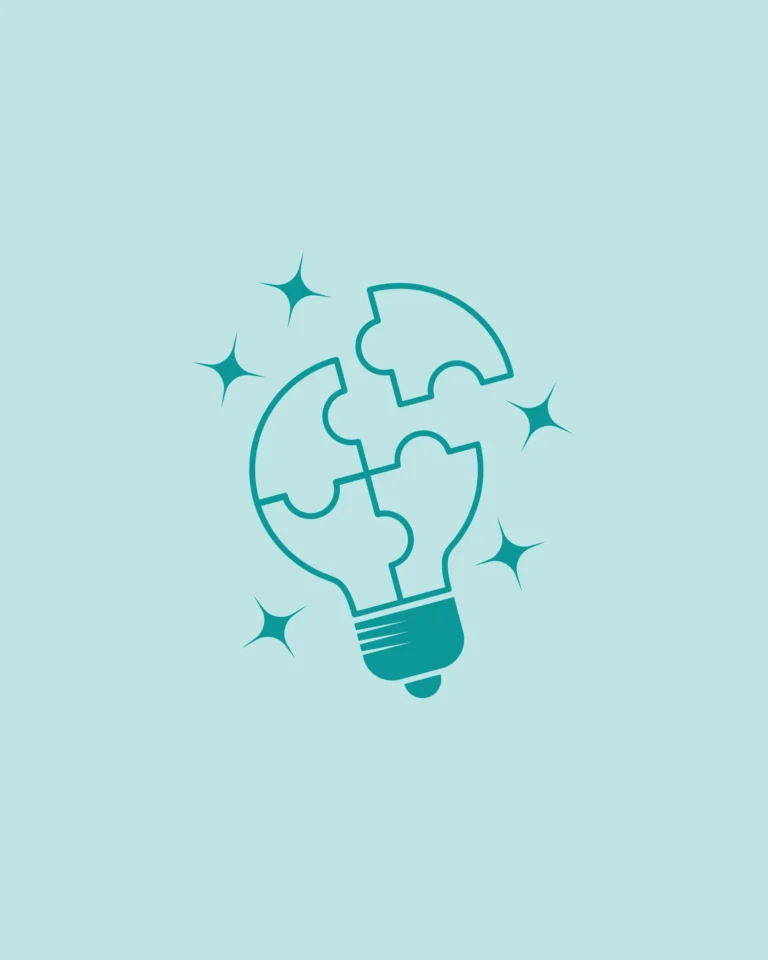Many people believe creativity is a talent you either have or you don’t. You’re either an “ideas person” – or you’re not. But research shows the opposite: creativity is not a mysterious gift, but the result of concrete behaviors that can be trained. Just like in sports or music, the more you practice, the more your creative abilities grow.
But which exercises actually make a difference? Studies by LMU Munich and Siemens identified 18 so-called Creative Behaviors – small, observable actions that nurture creativity step by step. Combined with insights from psychology and practice, they form a toolbox of exercises anyone can try.
Why Creativity Needs Training
Creativity is about making new connections, breaking patterns, and daring to go new ways. It may look like sudden flashes of inspiration, but in reality, there is a lot of practice behind it. Just as a musician plays scales to improvise freely, we need exercises to think flexibly and to reduce fear.
Psychologists Daker, Cortes, Lyons, and Green (2019) describe this as Creative Anxiety – the fear of not being able to handle creative tasks. Many people freeze as soon as they are asked to propose an idea. Regular creative practice has been shown to reduce this anxiety.
If you prefer listening over reading, check out our podcast. We regularly share short, practical impulses, stories, and interviews about creative work. And if you want to work on your creativity systematically, the Creativity Masterclass provides the perfect framework: it combines exercises, tools, and methods into a clear learning path.
Exercise 1: The “What If?” Game
One of the simplest yet most powerful methods: ask yourself questions starting with “What if…?”
Examples:
- What if we had to make our product twice as large?
- What if we had to offer our service for free – how would we still make money?
- What if we looked at this problem through the eyes of a child?
This exercise trains the Unboxer in you – the ability to challenge assumptions and reveal new options.
Exercise 2: Build Association Chains
Pick a random word – for example “tree” – and connect it to your current project. A tree might stand for stability, for growth, or for roots that remain unseen.
This strengthens your Imaginator: it encourages you to build unexpected connections and work with images.
Exercise 3: Keep an Observation Journal
Spend five minutes a day writing down three things you noticed. These can be small details – an unusual customer behavior, a sound, a sentence you overheard.
This trains your Observer. Over time, you’ll become more sensitive to patterns and signals others might miss.
Exercise 4: Search for the “Worst Idea”
Challenge yourself and your team to deliberately come up with the worst possible ideas on a topic. Once the laughter fades, you’ll often find surprisingly valuable insights hidden among the absurd suggestions.
This method lowers Creative Anxiety, because it shows that not every idea has to be perfect. At the same time, it breaks down barriers by reducing pressure.
Exercise 5: Tell Stories
Take a complex topic from your work and explain it to someone in the form of a story or metaphor. For example: “Our project is like a journey. We’ve made it halfway, but a mountain range still lies ahead.”
This trains your Sensemaker skills: translating complexity into clarity.
Exercise 6: Actively Seek Diversity
Talk to three people this week who are not connected to your field of work. Ask them for their opinions or ideas on one of your challenges.
This strengthens your Cultivator behaviors: including diversity, welcoming new perspectives, and fostering psychological safety.
How to Make These Exercises Stick
The key is not to try an exercise once, but to repeat them regularly. Creativity grows through routines. Here are some tips to stay consistent:
- Micro-rituals: schedule five minutes a day for one exercise.
- Team practices: integrate creative methods into meetings.
- Documentation: write down ideas and observations consistently – turning fleeting thoughts into a growing idea archive.
- Reflection: ask yourself once a week: which exercise helped me the most?
Conclusion
Creativity doesn’t happen by accident, but through deliberate training. With simple exercises like the “What if?” game, association chains, observation journals, or storytelling, you can strengthen your creative muscles.
The key is to start small and practice regularly. Just a few minutes a day can make all the difference. And the best part: overcoming Creative Anxiety and integrating trainable behaviors doesn’t just make you more creative – it also helps you become more confident, resilient, and innovative in dealing with new challenges..

